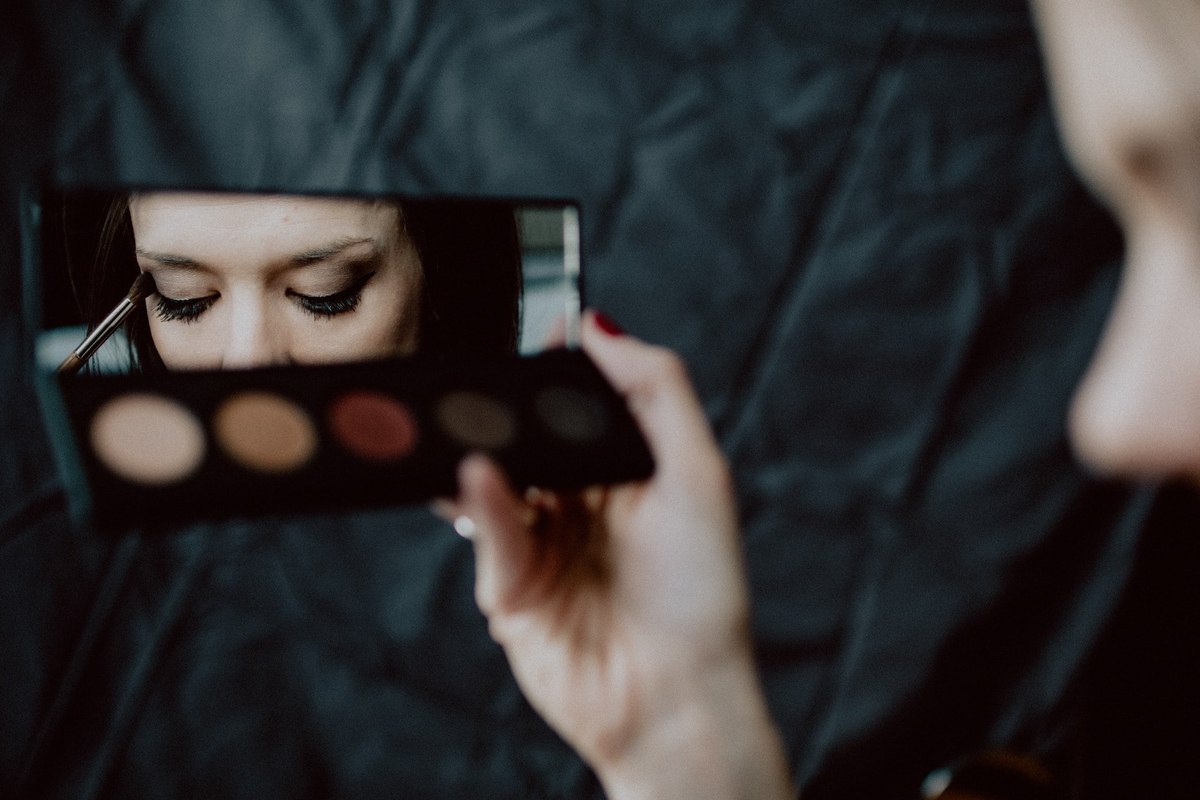
Do celebrity endorsements drive sustainable beauty purchases?
Influencers and celebrities often shape beauty trends, and their endorsements can push new products into the spotlight. In the sustainable beauty space, this influence has been a growing focus, as brands aim to connect with consumers seeking eco-friendly options.
A new YouGov survey reveals that celebrity endorsements hold limited sway in influencing sustainable beauty product choices compared to other considerations. One in 10 American adults who use beauty products at least once a week say celebrity endorsements influence their decisions. By contrast, 56% rely on personal research and reviews, and 50% prioritize price. Other key factors include brand reputation and recommendations from friends or family, each cited by 46% of Americans. Independent certifications, such as cruelty-free or organic labels, influence 33%.
Younger adults are more likely to be influenced by celebrity endorsements when buying sustainable beauty products. One in five adults aged 18-29 (20%) say it’s a factor, compared to 16% of those aged 30–44 and just 3% of adults aged 45–64. Men are more influenced by celebrity endorsements than women, with 12% of men and 8% of women saying it affects their choices.
When it comes to the credibility of celebrity endorsements for sustainable beauty products, opinions are split. Two in five find these claims credible, while 38% do not. This skepticism suggests that while celebrity backing might boost visibility, it is less effective in building trust compared to more tangible factors like research, reviews, and certifications.
Methodology: YouGov polled 1001 US adults online on 3-4 December 2024. The survey was carried out through YouGov Surveys: Self-serve. Data is weighted by age, gender, race, political affiliation, education level and region. The margin of error is 3% for the overall sample.